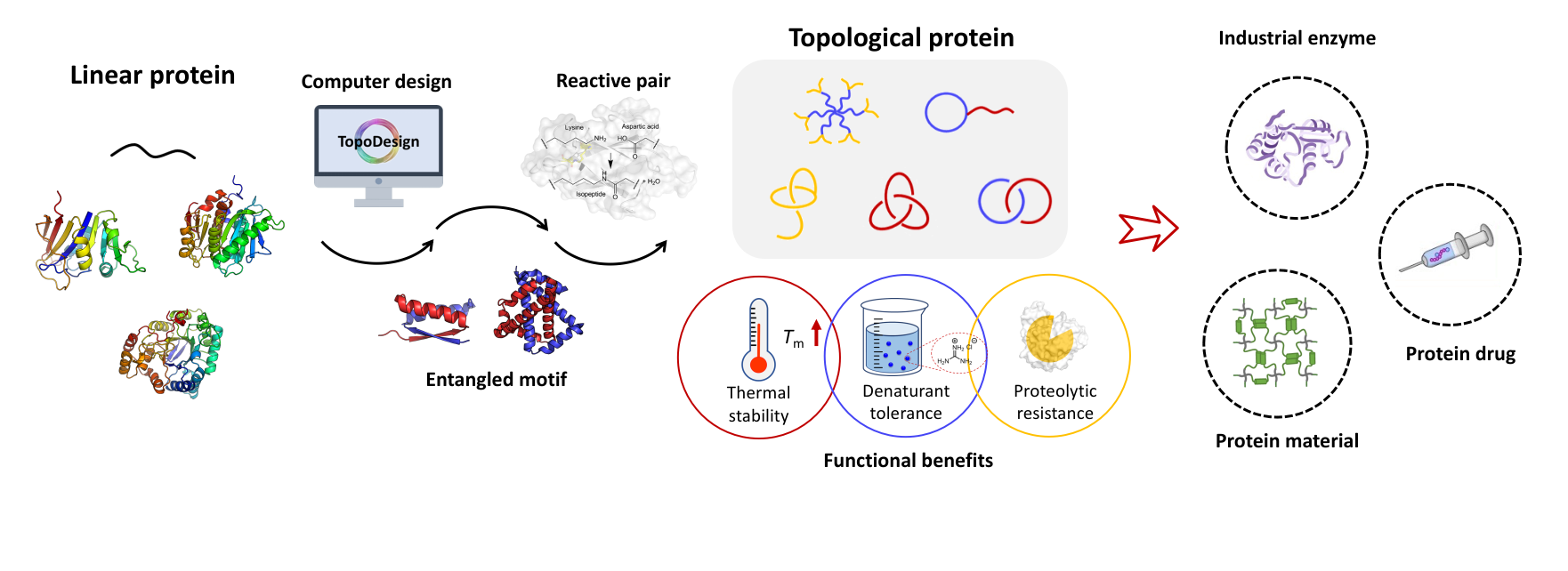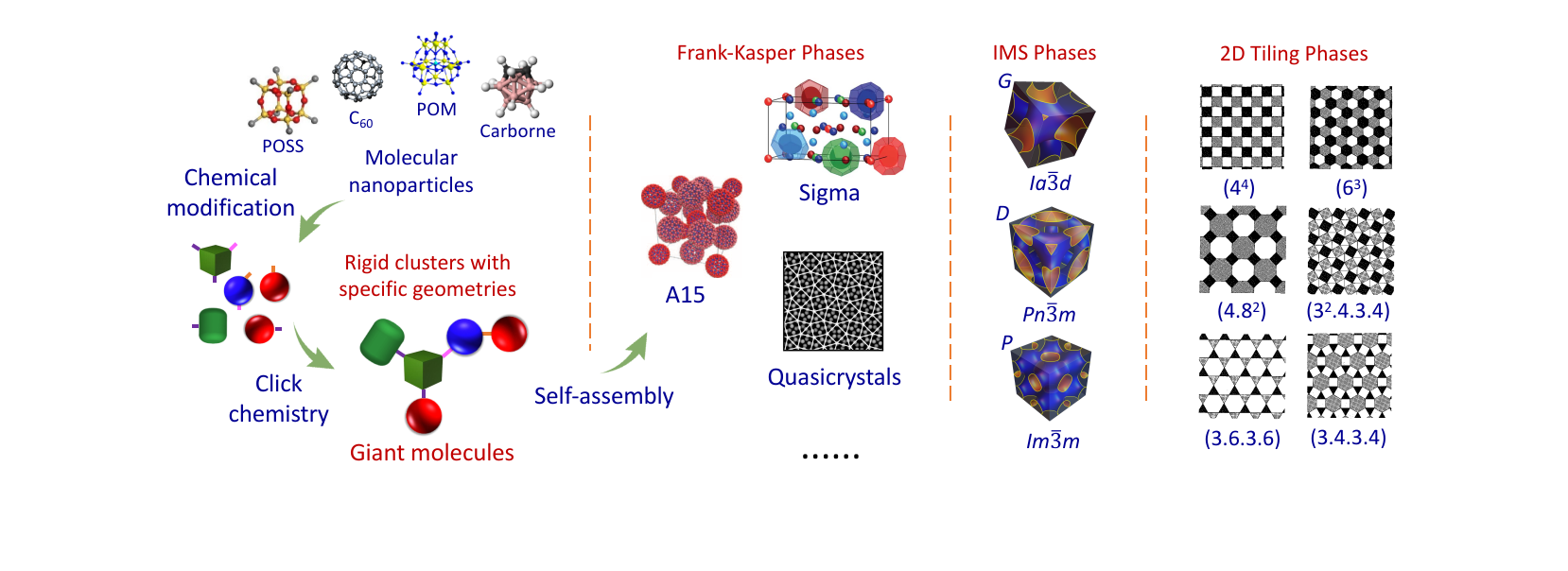Recent Highlights
Contact us
--------------------------------------------
张文彬课题组
地址:北京市海淀区成府路202号
太阳成集团tyc9728
邮编:100871
电话:010-62766876
电邮:wenbin@pku.edu.cn

请扫以上二维码关注我们课题组的公众号。
我们将定期推送组会每周精读和泛读文献介绍以及课题组的最近新闻!
--------------------------------------------
张文彬课题组
地址:北京市海淀区成府路202号
太阳成集团tyc9728
邮编:100871
电话:010-62766876
电邮:wenbin@pku.edu.cn

请扫以上二维码关注我们课题组的公众号。
我们将定期推送组会每周精读和泛读文献介绍以及课题组的最近新闻!
--------------------------------------------
News
PNAS 文章发表!
Posted on:2017-02-04
这篇文章报道了在巨型表面活性剂的本体组装中,通过理性的分子设计,在一系列多尾巨型表面活性剂中展现出Frank-Kasper相态及准晶相态的工作。

Geometry induced sequence of nanoscale Frank–Kasper and quasicrystal mesophases in giant surfactants
http://www.pnas.org/content/early/2016/11/23/1609422113.full
Significance
How far can we push self-assembly toward unusual nanostructures? Frank–Kasper and quasicrystal phases represent unconventional phases of ordered spheroids originally identified in metal alloys. We report that Frank–Kasper and quasicrystal phases and their transition sequence are observed in one-component giant surfactants by introducing variations in molecular geometry. Both X-ray scattering and electron microscopy techniques are used to identify the self-assembled nanostructures. Combining molecular dynamics simulations, we attribute the appearance of these phases to molecular geometry as a result of tail number variation. Our findings lay the foundation for rational design of unconventional soft-matter phases and for exploiting them for unusual properties and functions.

Geometry induced sequence of nanoscale Frank–Kasper and quasicrystal mesophases in giant surfactants
http://www.pnas.org/content/early/2016/11/23/1609422113.full
Significance
How far can we push self-assembly toward unusual nanostructures? Frank–Kasper and quasicrystal phases represent unconventional phases of ordered spheroids originally identified in metal alloys. We report that Frank–Kasper and quasicrystal phases and their transition sequence are observed in one-component giant surfactants by introducing variations in molecular geometry. Both X-ray scattering and electron microscopy techniques are used to identify the self-assembled nanostructures. Combining molecular dynamics simulations, we attribute the appearance of these phases to molecular geometry as a result of tail number variation. Our findings lay the foundation for rational design of unconventional soft-matter phases and for exploiting them for unusual properties and functions.






